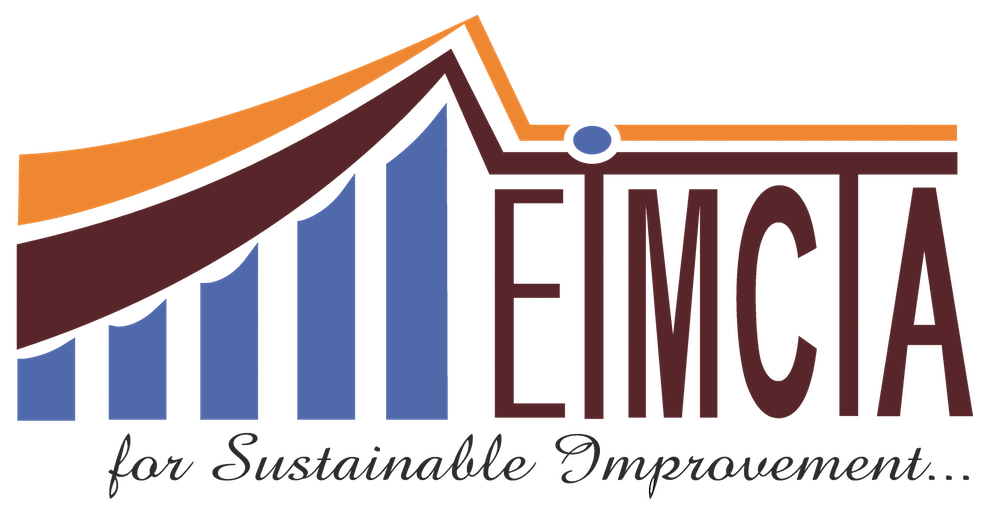Food Safety Awareness training provides individuals with essential knowledge and practices to maintain food safety in various settings. Here a structured outline of what such training typically includes:
Introduction to Food Safety: Participants are introduced to the importance of food safety and its impact on public health. They learn about the risks associated with foodborne illnesses and the role of food safety practices in preventing them.
Microbiological Hazards: Training covers common microbiological hazards that can contaminate food, including:
· Bacteria (e.g., Salmonella, Escherichia coli).
· Viruses (e.g., norovirus, hepatitis A).
· Parasites (e.g., Cryptosporidium, Trichinella).
· Fungi (e.g., mold, yeast).
Physical and Chemical Hazards: Participants learn about other types of hazards that can affect food safety, including:
· Physical hazards such as glass, metal, or plastic fragments.
· Chemical hazards such as pesticides, cleaning agents, and food additives.
Foodborne Illnesses and Symptoms: Training covers common foodborne illnesses, their causes, symptoms, and potential consequences. Participants learn how to recognize the signs of foodborne illness and when to seek medical attention.
Personal Hygiene: Participants learn about the importance of personal hygiene in preventing food contamination, including:
· Handwashing techniques and frequency.
· Proper attire (e.g., hair nets, gloves, clean uniforms).
· Avoiding behaviors that can contribute to contamination (e.g., touching face, hair, or body while handling food).
Food Handling Practices: Training covers best practices for handling food safely throughout the food supply chain, including:
· Receiving and storing food at appropriate temperatures.
· Thawing frozen foods safely.
· Preventing cross-contamination between raw and cooked foods.
· Cooking foods to proper temperatures to kill pathogens.
· Cooling and reheating foods safely.
Cleaning and Sanitizing: Participants learn about the importance of cleaning and sanitizing food contact surfaces, equipment, and utensils to prevent contamination. This includes:
· Proper cleaning procedures.
· Selection and use of appropriate cleaning agents and sanitizers.
· Frequency of cleaning and sanitizing activities.
Allergen Management: Training addresses the risks associated with food allergens and the importance of allergen management in preventing allergic reactions. Participants learn about:
· Common food allergens (e.g., peanuts, tree nuts, dairy, gluten).
· Preventing cross-contact between allergens and non-allergenic foods.
· Labeling requirements for allergenic ingredients.
Food Safety Regulations and Standards: Participants learn about relevant food safety regulations, standards, and guidelines that apply to their specific industry or jurisdiction. This may include:
· Local health department regulations.
· Food safety standards such as Hazard Analysis and Critical Control Points (HACCP) or ISO 22000.
· Good Manufacturing Practices (GMP) or Good Hygiene Practices (GHP) requirements.
Responsibilities in Ensuring Food Safety: The training program emphasizes the shared responsibility of all individuals in ensuring food safety, including:
· The role of management in providing resources and support for food safety initiatives.
· The responsibility of employees to follow food safety protocols and report any concerns or incidents.
